Table of Contents
- Introduction to Breakfast Sausage Spices
- Common Spices Used in Breakfast Sausages
- Popular Spice Blends for Breakfast Sausages
- Practical Tips for Using Breakfast Sausage Spices
- Buying Guide: Choosing the Right Spices for Your Sausage
- Frequently Asked Questions About Breakfast Sausage Spices
- Conclusion
Introduction to Breakfast Sausage Spices
Breakfast sausage is a staple in many households, and the right blend of spices is essential for authentic flavor. Traditional American breakfast sausage relies on sage as the signature spice, combined with black pepper, nutmeg, and red pepper flakes. In this guide, we'll explore the essential spices that define breakfast sausage, their historical origins, and how to use them correctly to elevate your morning meals.
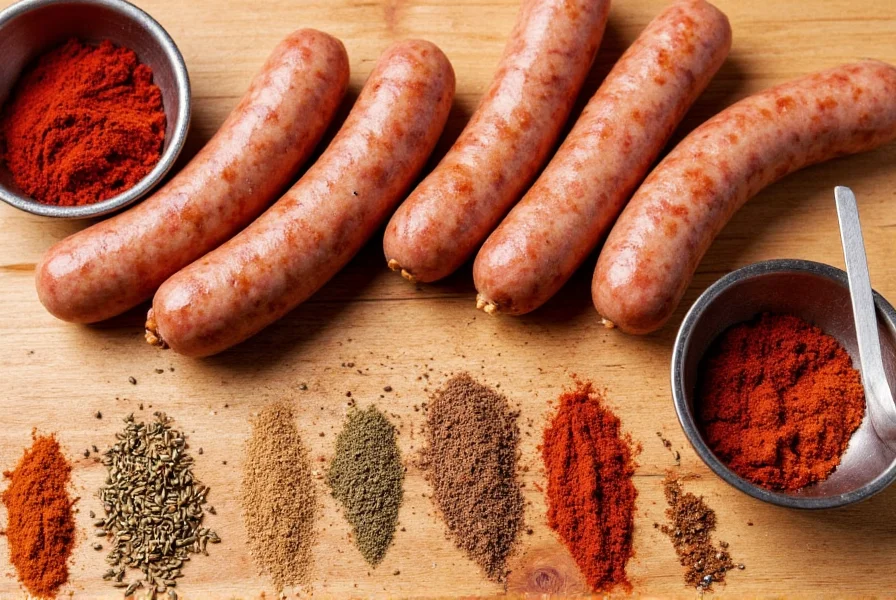
Understanding the core spices for breakfast sausage is crucial for achieving the classic flavor profile. Unlike other sausage varieties, authentic breakfast sausage features herbal notes from sage as the dominant spice, balanced by warm spices like nutmeg and black pepper. This combination creates the distinctive taste that makes breakfast sausage a breakfast favorite.
Common Spices Used in Breakfast Sausages
Traditional American breakfast sausage relies on a specific set of spices that have been used for generations. Here are the essential spices you need:
- Sage: The signature spice for breakfast sausage, providing earthy, herbal notes. Rubbed sage is preferred for better flavor distribution.
- Black Pepper: Adds sharpness and depth; freshly ground is best for optimal flavor.
- Red Pepper Flakes: Provides subtle heat without overwhelming the other flavors.
- Nutmeg: Adds warmth and complexity; use sparingly as it's potent.
- Thyme: Complements sage with additional herbal notes.
- Garlic Powder: Optional but common in modern recipes for savory depth.
- Onion Powder: Optional for added sweetness and complexity.
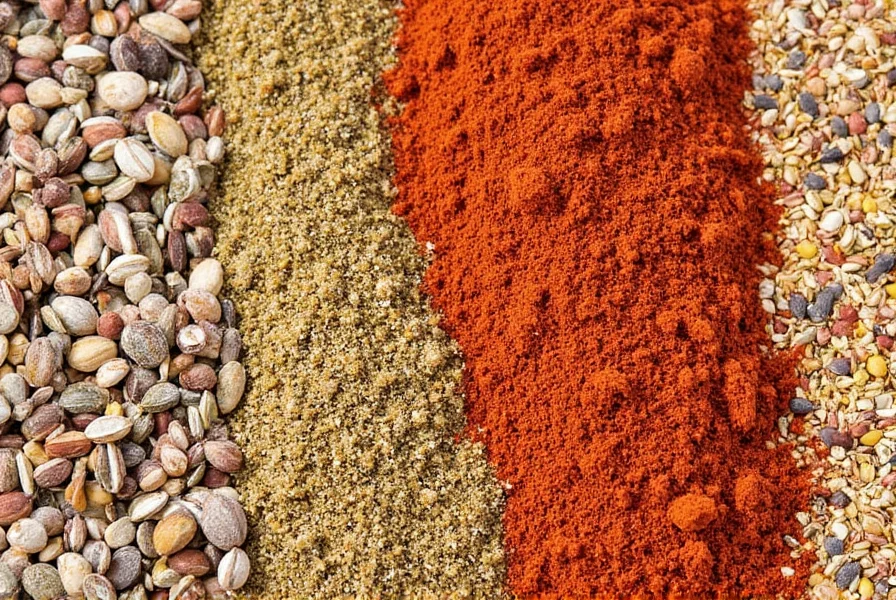

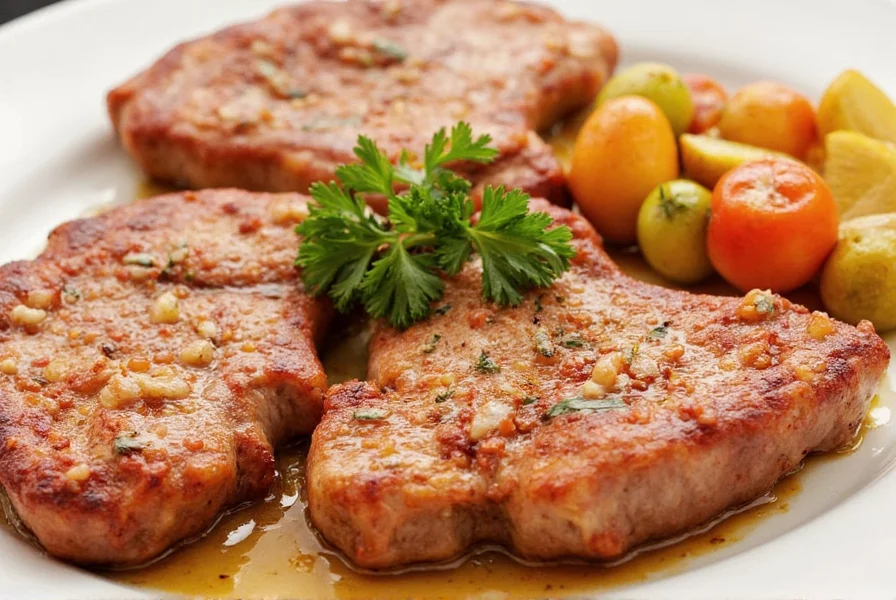
These spices work together to create the characteristic flavor profile of breakfast sausage. Sage is the dominant spice, while the others provide balance and depth. Avoid cumin and paprika in traditional recipes, as they are not standard ingredients for American-style breakfast sausage.
Popular Spice Blends for Breakfast Sausages
While individual spices are important, it's the specific combinations that define different styles of breakfast sausage. Here are the most authentic blends:
Classic American Breakfast Sausage Blend
This is the traditional blend used in most diners and commercial breakfast sausages:
- 1.5 tablespoons rubbed sage per pound of meat
- 1 teaspoon freshly ground black pepper
- 1/2 teaspoon red pepper flakes
- 1/4 teaspoon ground nutmeg
- 1/2 teaspoon dried thyme

Southern-Style Breakfast Sausage Blend
Popular in the American South, this version emphasizes heat and savory notes:
- 1 tablespoon rubbed sage
- 1.5 teaspoons freshly ground black pepper
- 3/4 teaspoon red pepper flakes
- 1/4 teaspoon garlic powder
- 1/4 teaspoon onion powder

Herb-Forward Breakfast Sausage Blend
For a more delicate, herbal profile:
- 2 tablespoons rubbed sage
- 1 teaspoon dried thyme
- 1/2 teaspoon dried rosemary
- 1/4 teaspoon ground nutmeg
- 1/2 teaspoon freshly ground black pepper
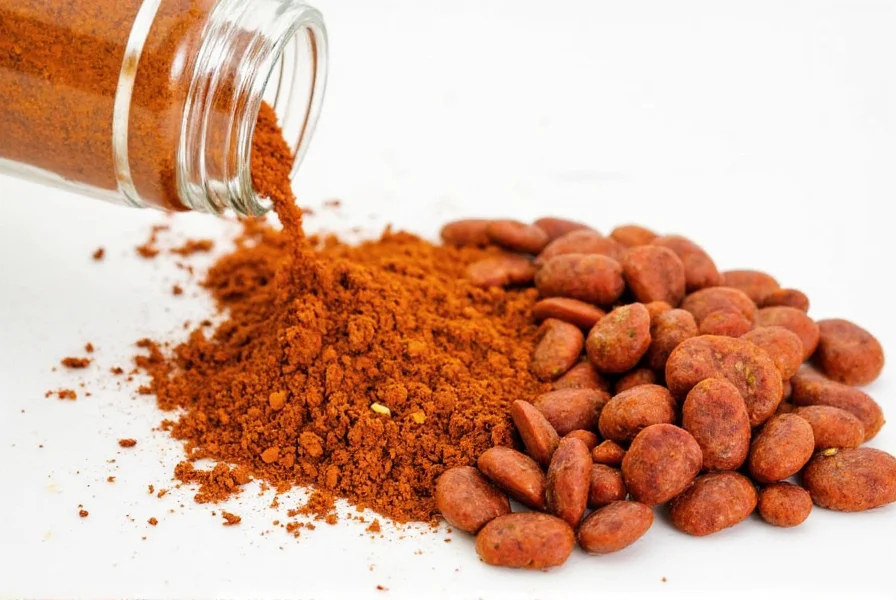
Practical Tips for Using Breakfast Sausage Spices
Now that you know the essentials, here are professional tips to get the best results:
Tip 1: Start with the Right Sage Quantity
Sage is the dominant spice in breakfast sausage. Use 1.5-2 tablespoons of rubbed sage per pound of meat for the best flavor balance. Too little sage results in bland sausage, while too much makes it overpowering.
Tip 2: Use Freshly Ground Black Pepper
Pre-ground pepper loses potency quickly. For the best flavor, grind whole black peppercorns just before mixing your spices.
Tip 3: Toast Whole Spices Before Grinding
For maximum flavor, toast whole spices like nutmeg and peppercorns in a dry pan for 1-2 minutes before grinding. This releases their essential oils and enhances the aroma.
Tip 4: Store Spices Properly
Keep spices in airtight containers away from light and heat. Sage and other dried herbs lose potency after 6-12 months, so replace them regularly for best results.

Buying Guide: Choosing the Right Spices for Your Sausage
When purchasing spices for breakfast sausage, consider these factors:
Feature 1: Quality of Ingredients
Look for organic, non-GMO spices from reputable brands. For sage, choose rubbed sage (not ground) for better texture and flavor release. Avoid spices with additives or anti-caking agents.
Feature 2: Freshness Indicators
Check the harvest date on spice containers. Fresh sage should have a strong, recognizable aroma. If it smells weak or musty, it's past its prime.
Feature 3: Source Transparency
Choose brands that disclose their sourcing practices. Spices from regions with ideal growing conditions (like Mediterranean sage) typically have superior flavor profiles.
Use Case: Home Cooking vs. Commercial Use
For home cooks, a basic set of high-quality individual spices works best. Commercial producers may need bulk quantities but should maintain the same quality standards for consistency.
Target Audience: Family Meals vs. Special Occasions
For everyday family meals, stick to traditional spice ratios. For special occasions, experiment with small additions like a pinch of allspice or a dash of maple syrup for a unique twist.
Suitable Occasions: Weekday vs. Weekend
Weekday breakfasts benefit from simple, reliable spice blends. Weekend brunches allow for more creative variations like adding a touch of smoked paprika for depth.
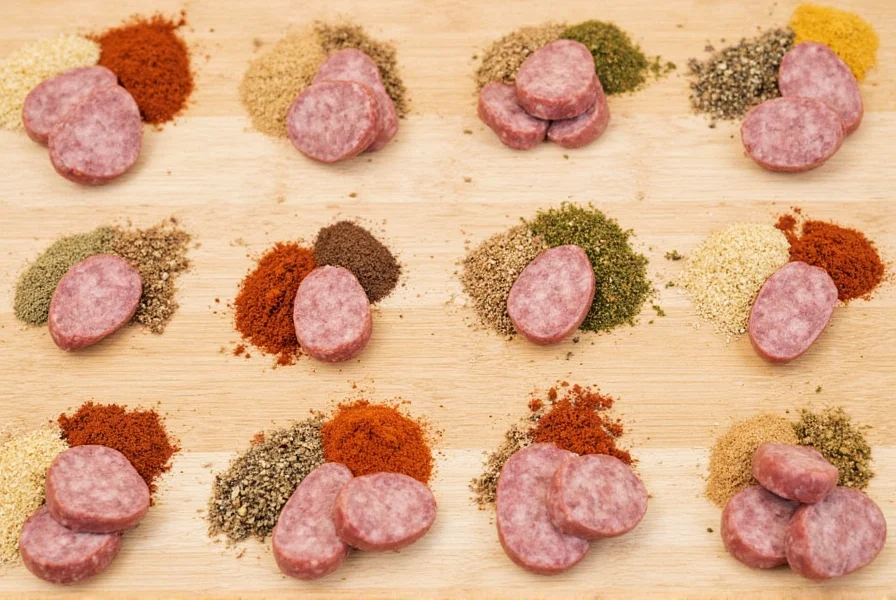
Frequently Asked Questions About Breakfast Sausage Spices
What are the essential spices for authentic breakfast sausage?
The essential spices for authentic American breakfast sausage are sage (the dominant spice), black pepper, red pepper flakes, and nutmeg. Thyme is commonly included for additional herbal notes. Modern variations may add garlic powder or onion powder, but cumin and paprika are not traditional ingredients for standard breakfast sausage.
How much spice should I use per pound of meat?
For traditional American breakfast sausage: 1.5 tablespoons rubbed sage, 1 teaspoon freshly ground black pepper, 1/2 teaspoon red pepper flakes, and 1/4 teaspoon ground nutmeg per pound of meat. Always make a small test patty before cooking the entire batch to adjust seasoning to your preference.
Can I make breakfast sausage without sage?
No, sage is the defining spice for traditional American breakfast sausage. Without it, you're making a different type of sausage. If you dislike sage, consider alternatives like Italian sausage (with fennel) or chorizo (with paprika and chili), but these are not breakfast sausages. For those with sage allergies, consult a professional chef for safe substitutions, as there are no authentic replacements for sage in breakfast sausage.
What's the difference between breakfast sausage and other sausages?
Breakfast sausage is distinguished by its sage-based seasoning profile, finer grind, and specific spice ratios. Unlike Italian sausage (which uses fennel and garlic) or chorizo (which relies on paprika and chili peppers), breakfast sausage features sage as the dominant spice with supporting black pepper, nutmeg, and red pepper flakes. It's also typically sold in links or patties specifically designed for morning meals rather than for use in other dishes.
How long do homemade sausage spices last?
Properly stored in airtight containers away from light and heat, whole spices last 2-3 years, while ground spices maintain peak potency for 6-12 months. Sage should be replaced every 6 months for optimal flavor. Always check for strong aroma before using; if the spices don't smell potent, they've likely lost flavor. For best results, label your spice containers with the date of purchase.
Can I substitute fresh herbs for dried in sausage recipes?
Dried herbs are preferred for sausage making due to their concentrated flavor and longer shelf life. If using fresh herbs, use three times the amount of dried (e.g., 1 tablespoon fresh sage for every 1 teaspoon dried). However, fresh herbs contain moisture that can affect the sausage texture and cooking process, so you might need to reduce other liquids slightly in your recipe. For best results, stick to dried herbs for traditional breakfast sausage recipes.
Conclusion
Breakfast sausage spices are more than just flavor enhancers—they're the foundation of a memorable morning meal. The traditional blend of sage, black pepper, nutmeg, and red pepper flakes creates the distinctive flavor profile that has made breakfast sausage a breakfast staple for generations. By understanding these core spices and using them correctly, you can create authentic, delicious sausage that elevates your morning routine. Whether you're cooking for family or experimenting with new variations, remember that quality ingredients and proper spice ratios are key to achieving that perfect breakfast sausage flavor.
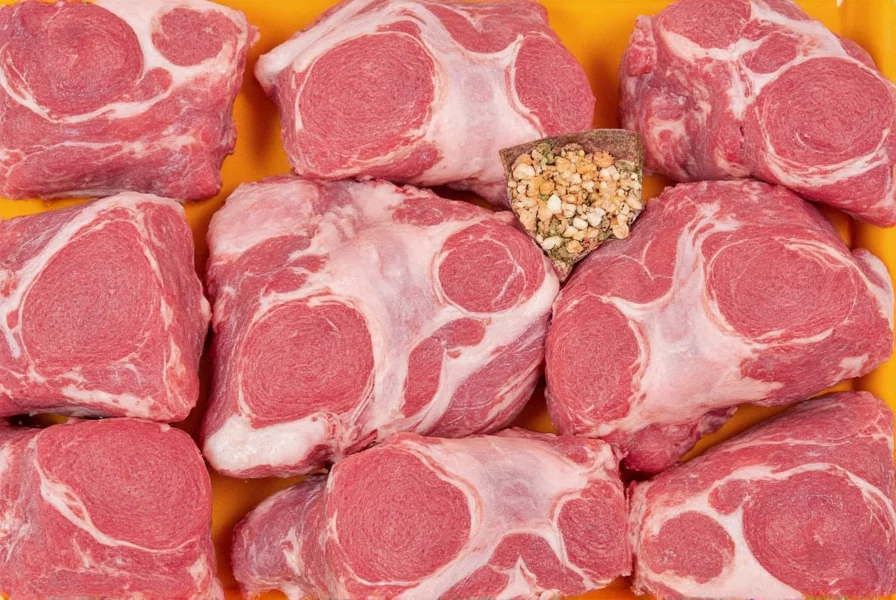
Expanding on the breakfast sausage spices, these seasonings not only enhance flavor but also contribute to the overall sensory experience of your meal. By choosing the right combination of authentic spices, you can create a dish that's both satisfying and delicious—making every morning worth waking up for.

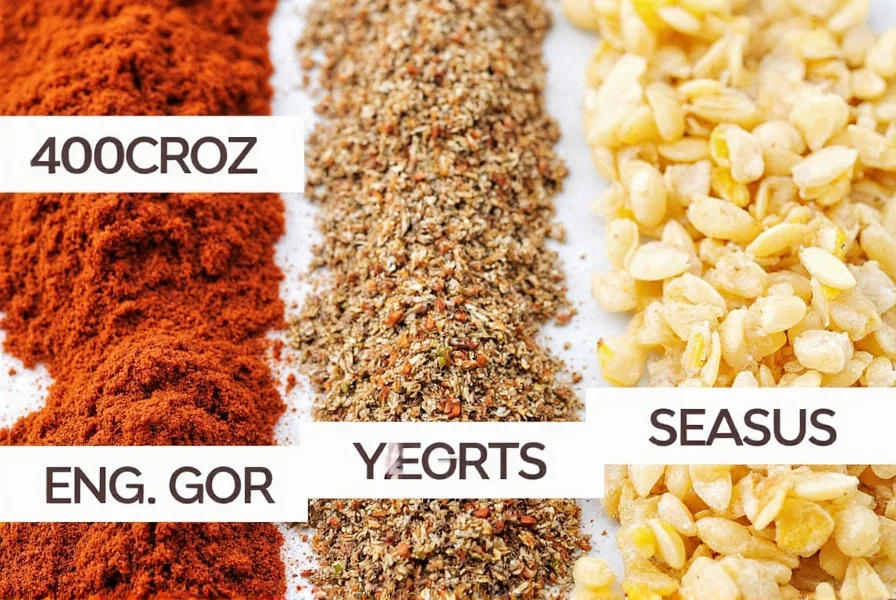









 浙公网安备
33010002000092号
浙公网安备
33010002000092号 浙B2-20120091-4
浙B2-20120091-4